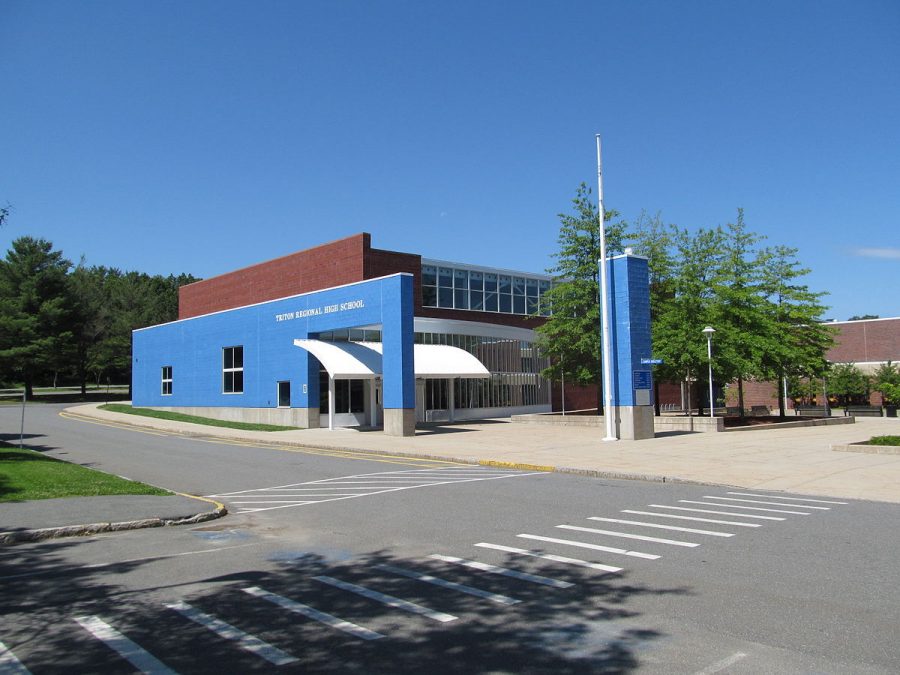Violence Against Teachers: A Hushed Issue
Triton High School Teachers describe their feelings about violence at school.
October 11, 2018
Jennifer Scott, now a Spanish teacher at Triton Regional High School, will never forget the incident.
Five years ago, a young and respected Danvers High School teacher, Colleen Ritzer, was brutally raped and murdered in her own school. The attack made national news, especially when police discovered a young and disturbed student was the one who had attacked her, and then dumped her body behind the school.
Scott grew up in Danvers and the brutal murder hit too close to home because of her connection to the town, her profession, and her caring for her students.
“I worry about safety, not only for myself but for my kids too,” Scott said of the attack. Other teachers in Triton High School agreed, including Janet O’Leary and Chad Richard, both agreeing on their main fears being an act of terrorism or violence within the school, such as a shooting.
Scott echos what many teachers fear all over the country involving student-teacher violence. In 2011, the National Center for Education Statistics created a report called “Indicators of School Crime and Safety”, in which the report stated 9.2% of teachers have been threatened with violence, and 5.4% of teachers had actually been physically attacked. Almost 10 percent of all teachers were at one time threatened with injury by a student, according to federal education data cited in the report.
“I don’t think I’m always thinking about it but there are times where it’s in the back of my mind,” Scott said about the possibility of a student acting violent. “I think over the years if there was an aggressive student I’d try to disengage and (avoid) keeping it going because usually someone just needs to calm down.”
The incident in Danvers happened in October, 2013. The student, Philip Chism, followed the algebra teacher, Ritzer, into a bathroom, raped her, and then used a box cutter to kill her. He used a recycling bin to bring her body into the nearby woods.
Across the nation, many school districts are taking steps to identify and deal with violent students before an incident occurs. More teachers are undergoing training in this area so they are better prepared to intervene before things get out of hand.
Schools need to develop comprehensive programs to deal with potentially violent students, according to teaching advice on Monster.com. The programs are straightforward. First, schools should have clear expectations and consequences for students who behave aggressively. Follow up is needed and these expectations need to be reinforced constantly through bulletin boards, regular announcements, and even praising students who are making non-violent and good choices.
Teacher training is a priority here as teachers are on the front lines of potentially violent outbreaks. Some schools are developing problem-solving teams to discuss difficult behavior cases and even creating “time out” rooms for these students when they see violence brewing, according to the article.
“I think they (in-school violence occurrences) are (on the rise). I think mental health is a big part of it, and that there are many other reasons out there for why the amount of these crimes has grown so much,” said Scott.
Triton is among many schools nationally that are trying to better prepare teaching staff for dangerous students. Scott said there are many opportunities for teachers to get extra training on how to identify and handle potentially aggressive teens. She is hopeful this training will make a difference, if a violent situation occurs.
“I think they (Triton administrators) really do try to prepare us as much as they’re able to,” Scott said, adding that teachers must also rely on their intuition and judgment to identify these students and be ready for the unexpected. “There has to be some thinking on your feet. You have to use your best judgment.”



